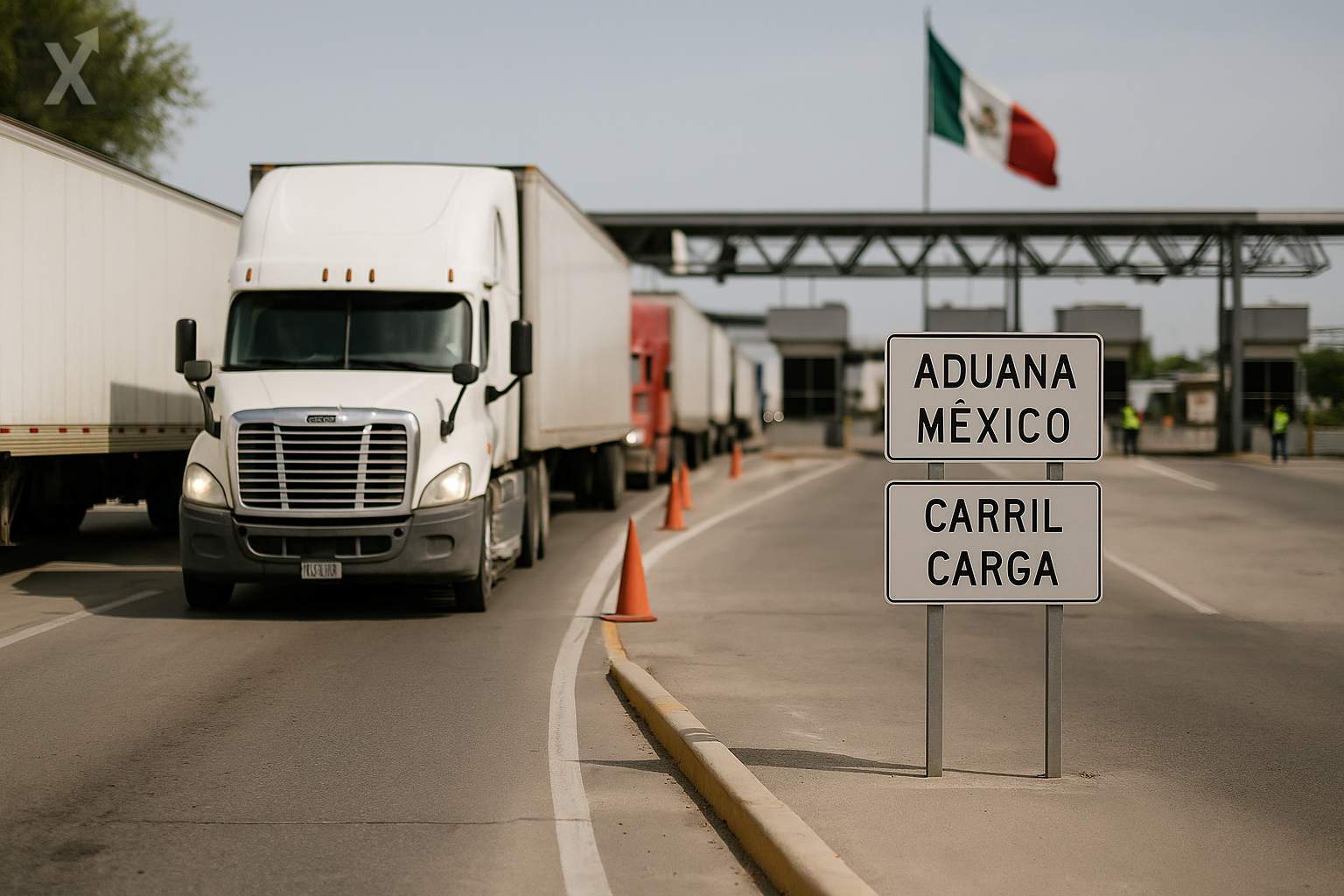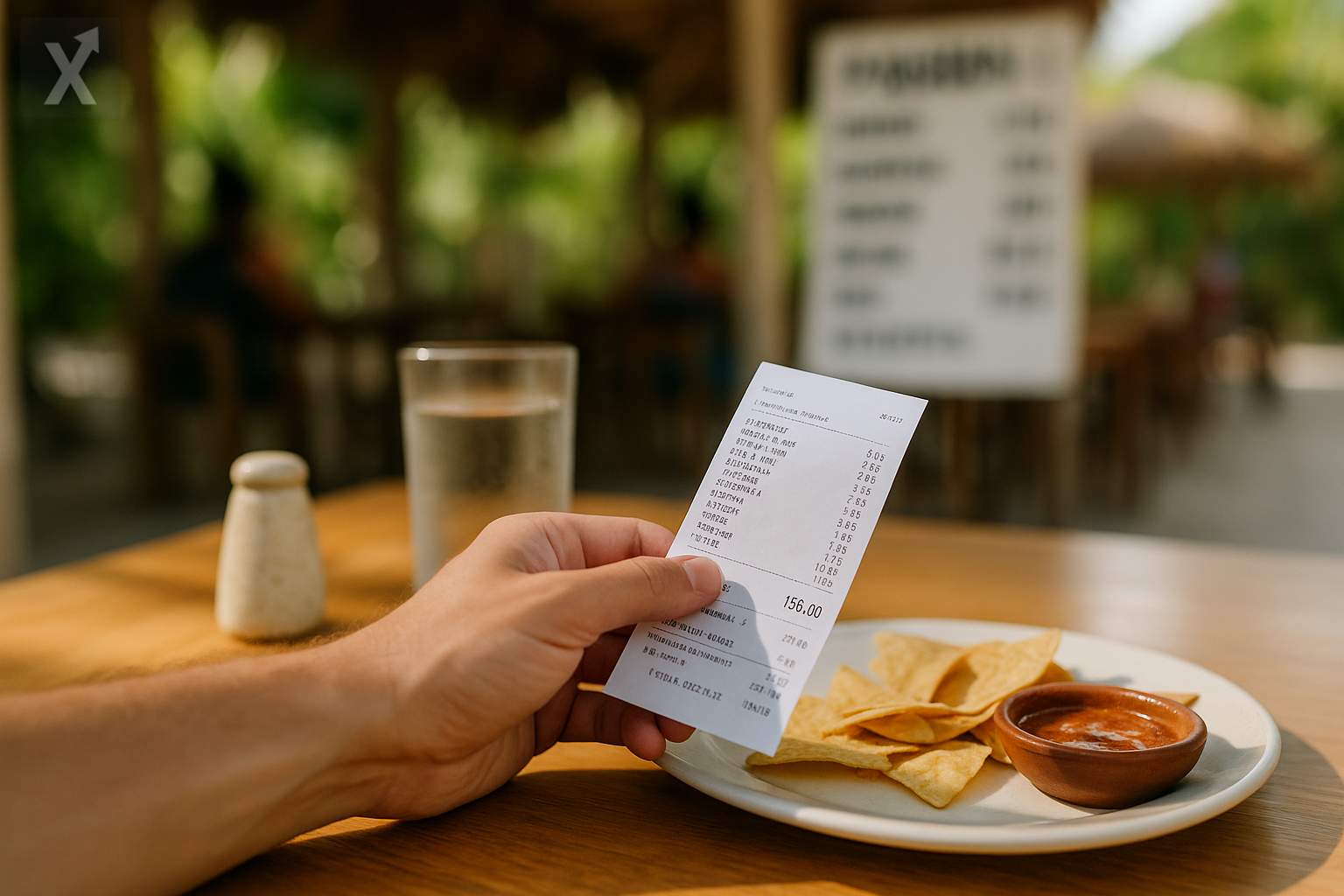Banco del Bienestar to Integrate DiMo and CoDi into Its App to Boost Digital Payments Among Beneficiaries

Banco del Bienestar will add transfer and payment features using DiMo and CoDi to its mobile app starting in the first quarter of next year, aiming to make electronic transactions easier for millions of social program beneficiaries and bank customers. This measure seeks to reduce cash usage and improve financial inclusion, in line with the goals of Mexico’s National Financial Inclusion Plan 2025-2030.
According to Víctor Lamoyi, the bank's director, nearly 40 million people receive support through this institution, and roughly 10 million more hold voluntary savings accounts. The Banco del Bienestar app has been downloaded over 25 million times and records nearly two million queries daily—suggesting a user base ready to adopt digital payments. The official expectation is to add up to 10 million new users by incorporating beneficiaries from the “Mujeres del Bienestar” pension program and Rita Cetina scholarships, with the goal of increasing the use of bank cards for in-store purchases instead of cash withdrawals.
DiMo (“Dinero Móvil,” or Mobile Money) and CoDi (“Cobro Digital,” or Digital Payment) are frameworks developed by the Bank of Mexico that operate through the SPEI infrastructure. CoDi uses QR codes and contactless technologies for easy payments and collections, while DiMo enables person-to-person transfers using a mobile phone number as an alias, with real-time settlement. Integrating both into the Banco del Bienestar app will broaden instant payment options for users with varying levels of digital literacy.
Since its launch in 2019, CoDi has seen slower-than-expected adoption, partly due to registration hurdles and low acceptance among small businesses. DiMo, a more recent solution, has gained traction as an easy way to transfer money between individuals. By integrating these tools, the country’s largest distributor of social benefits could accelerate their adoption in rural and peri-urban areas, where cash still dominates and long distances to ATMs or branches drive up transaction costs.
If the shift to digital payments is successful, the bank could lower logistical costs and reduce branch service times while improving the traceability of public funds. For neighborhood businesses, wider acceptance of electronic payments means access to transaction histories, which could eventually lead to better financial service conditions. It would also improve security by reducing cash handling and help integrate more businesses into the formal economy.
Challenges remain, however: limited internet and cell coverage in remote areas, gaps in smartphone usage among low-income households, and the need to strengthen financial education, technical support, and anti-fraud measures. For adoption to be sustainable, it will be crucial to ensure seamless experiences, low costs for users and merchants, and reliable, predictable settlement times in recipient accounts.
Lamoyi emphasized that Banco del Bienestar will not provide loans; financing will be channeled through Financiera del Bienestar. This separation of functions confirms the bank’s role as a payments and benefit-disbursement platform, in an environment where relatively high interest rates have curbed consumer and microenterprise lending. In this context, a focus on digital payments and expanded access to banking services is especially relevant for increasing access to financial services without raising debt among the most vulnerable households.
This strategy comes amid resilient domestic consumption, historically high remittance flows, and ongoing progress in digitalizing retail payments nationwide. The National Financial Inclusion Plan 2025-2030 sets targets to close gender gaps, expand account ownership, and increase consumer protection, with Banxico and financial authorities working to promote interoperable, secure infrastructure. For Banco del Bienestar, integrating DiMo and CoDi serves as a test of execution and scalability across communities with very different realities.
In summary, incorporating DiMo and CoDi into Banco del Bienestar could speed up the shift from cash to electronic payments among social program beneficiaries. Success will depend on connectivity, usability, security, and a broad network of merchants accepting these payment options. Overcoming current challenges could lead to lower costs, greater financial inclusion, and improved conditions for local economic activity.





